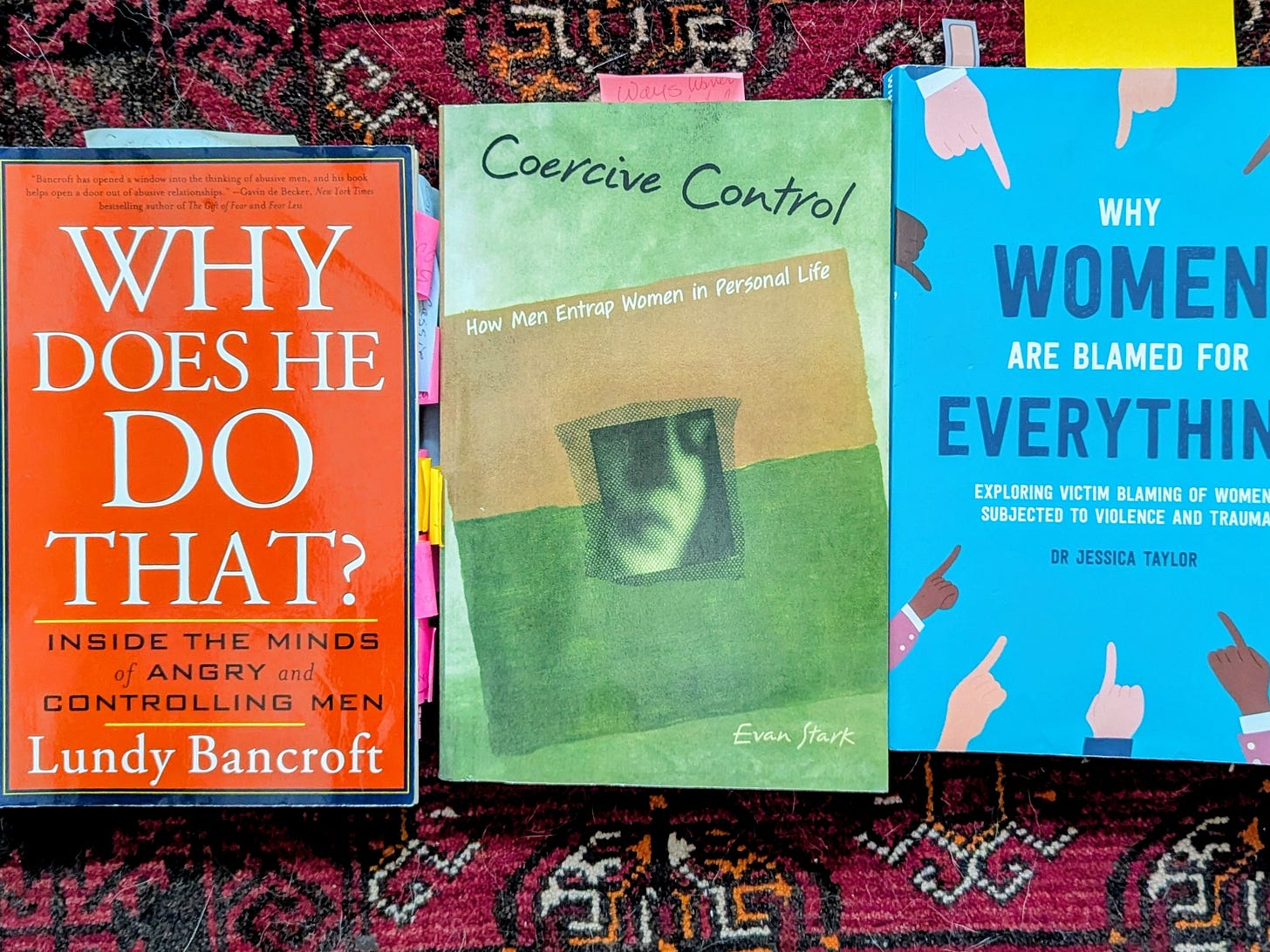The Resilience of Red Thread
My novel, The Resilience of Red Thread, will be published by She Writes Press on July 21, 2026.
“Resilience” began as a simple character sketch that I used to teach my sixth graders how to write character descriptions. Back then, the character was named Roy the Rat Catcher — inspired by a real-life exterminator I hired to get rid of a rat that lived inside the wall behind my bed and kept sleep disturbing nocturnal hours.
This “pestilence abatement engineer” — yes, that’s what he called himself — was so overjoyed when the rat was finally dispatched that he offered to show it to me. I politely declined. But the encounter stuck with me — his zeal, his pride, his peculiar sense of purpose. And out of that memory, a character began to form.
Roy eventually became Jake. Then Emily appeared — originally named Marilyn, after Marilyn Monroe. They fell in love. I gave them what so many people carry quietly: childhoods marked by neglect, abuse, and violence. Gradually, the story became Marilyn’s story.
That raised a question I couldn’t stop asking: Can two people scarred by childhood trauma love one another in a truly healthy way?
I knew better than to force a tidy ending — that path leads to clichés and wishful storytelling. Instead, I dove into research. I read everything I could find about overcoming childhood trauma and spoke with social workers and psychotherapists. Their answers were unanimous.
“No,” one social worker told me before I even finished my question.
“Not even with counseling?” I pushed back.
“We never recommend couples therapy when domestic violence is involved. The abuser says what he thinks the therapist wants to hear, and the woman often reveals things that are later used against her — sometimes before they even get home.”
I must have looked heartbroken, because she softened. “Maybe,” she said, “if they each spent a year apart in individual therapy, and then a year in couples counseling... maybe.”
“Have you ever seen a couple succeed?” I asked.
Again, I didn’t get to finish the question before she shook her head.
I went home and deleted my first draft. I mourned my sweet story — and the world that made it impossible. Then I began listening to survivors of domestic violence.
When I shared my discomfort about portraying violence against women, a survivor urged me to read Coercive Control by Evan Stark. I learned that abuse doesn’t always include physical violence. It starts with criticism, isolation, withheld money, and threats to take the children.
Reading Why Does He Do That? by Lundy Bancroft, and Why Women Are Blamed for Everything by Dr. Jessica Taylor deepened my understanding of how pervasive and normalized violence against women has become — in our culture, our lyrics and movies, even our politics.
Again and again, survivors told me that the most painful moment often came when someone who loved them and wanted them to be safe asked, “Why didn’t you just leave?” That question cuts deep. Once your spirit has been broken, leaving isn’t simple. It’s dangerous.
I reframed my mission. I wanted to write a novel where the reader, upon closing the book, doesn’t ask “Why didn’t she leave?” but “Where did she find the courage to go?”
October is Domestic Violence Awareness Month, and I strive to be an ally. Fear is paralyzing, but even one ally can make a difference. A simple act of solidarity — like wearing purple on Thursday, October 16 — can be a quiet declaration of unity and understanding.
If you or someone you know needs support, help is available:
Center for Domestic Peace
National Domestic Violence Hotline



I had forgotten Roy’s evolution. Thanks for the refresher.
I appreciated some of the backstory to the Resilience of Red Thread. Next July, I look forward to the full story. Very intrigued.